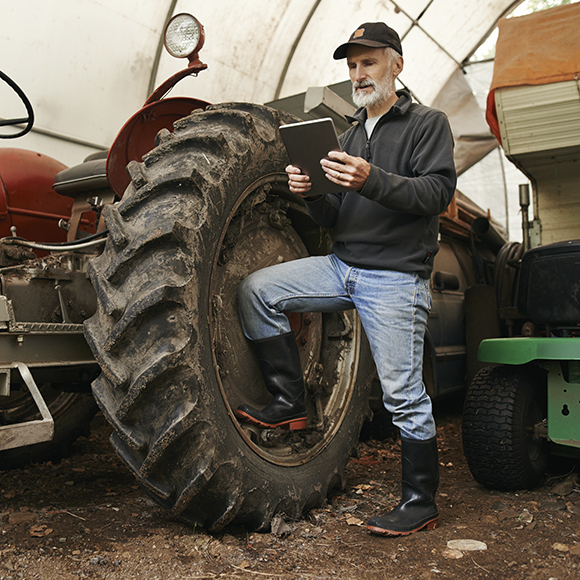
How to reduce the cost of filling up and how safedrive can support your business
How to reduce the cost of filling up
There has been much coverage of the rising cost of fuel and while we’re starting to see small reductions in the pump price in recent weeks, prices are still on average 50% higher than they were this time last year.
Even the supermarket prices, which are usually the most competitive, have risen at an alarming rate, but by making a few changes to our style of driving, we may be able to reduce costs.
At the time of writing, according to Government figures, prices at the pumps were on average £161.67p per litre for unleaded petrol and £175.93p per litre for diesel.
The increase in fuel costs seen at the petrol forecourts is primarily due to the increased cost of a barrel of oil. Oil prices have been rising steadily as consumer life returns to normal after COVID lockdown periods, but since the start of the Russian – Ukraine war and continuing global unrest, prices have rocketed.
Even after the Government cuts fuel duty by 5p per litre, the average cost of a litre of fuel is still over 15% more than it was in January 2022 and 50% more than it was in April 2021.
This increase in fuel costs will not only hit the personal pockets of drivers, but the running costs of all companies using vehicles, be it cars, vans, or trucks. With such price increases, companies will have no choice but to pass the financial burden onto consumers, which will see further rises in expenditure for everyone.
What can you do?
The way that we drive has a massive effect on how much fuel our vehicle uses.
Heavy braking, rapid acceleration, sharp turns, and certain gear usage can lead to you using considerably more fuel than you need to. Adopting good driving habits will help to make the drive smoother and less strenuous on the engine, leading to less wear on the vehicle and of course, massive savings on fuel.
With fuel representing a significant area of expense, a small improvement in driver attitude and driving style can significantly improve fuel efficiency and reduce carbon emissions.
Here are some tips that if implemented may help you to cut your fuel usage and reduce costs
Tips that will have a significant effect on fuel consumption
Drive smoothly
Accelerate gently, brake softly, maintain space from vehicle in front.
Step off the accelerator
When slowing down or driving downhill, remain in gear but take your foot off the accelerator as early as possible.
Change gear early
Shift to higher gear early, usually by around 2,000-2,500 revs per minute (RPM).
Skip gears
e.g., 3rd to 5th or 4th to 6th when appropriate.
Reduce speed
High speeds greatly increase fuel consumption.
Turn off/avoid idling
Turn off your engine if you expect to be stationary for more than a minute or so.
Minimise drag
Remove racks, roof boxes and bike carriers when not in use, they significantly increase air resistance and fuel consumption at higher speeds.
Remove excess weight
Empty your boot, reduce excess weight from your vehicle.
Service your vehicle regularly to maintain engine efficiency. Make sure you use the right engine oil, and your tyre pressures are correct.
Reduce trips and plan journeys, you’ll do fewer miles and save more money.
How can we help you?
Safedrive, Fleet Driver Training company, can facilitate in-vehicle or workshop style Eco-Driving sessions to suit you and your drivers. Training can eliminate or reduce risks encountered by drivers whilst at the same time, lowering fleet costs by reducing accidents, fuel costs and insurance premiums.
For more details please contact your regular Account Executive.


